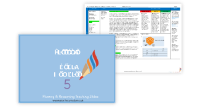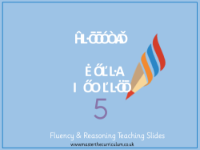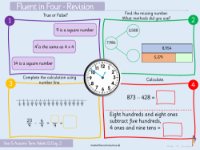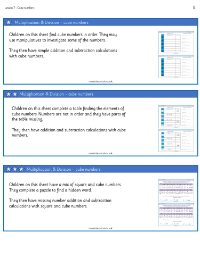Multiplication and Division (1) - Cube numbers - Planning
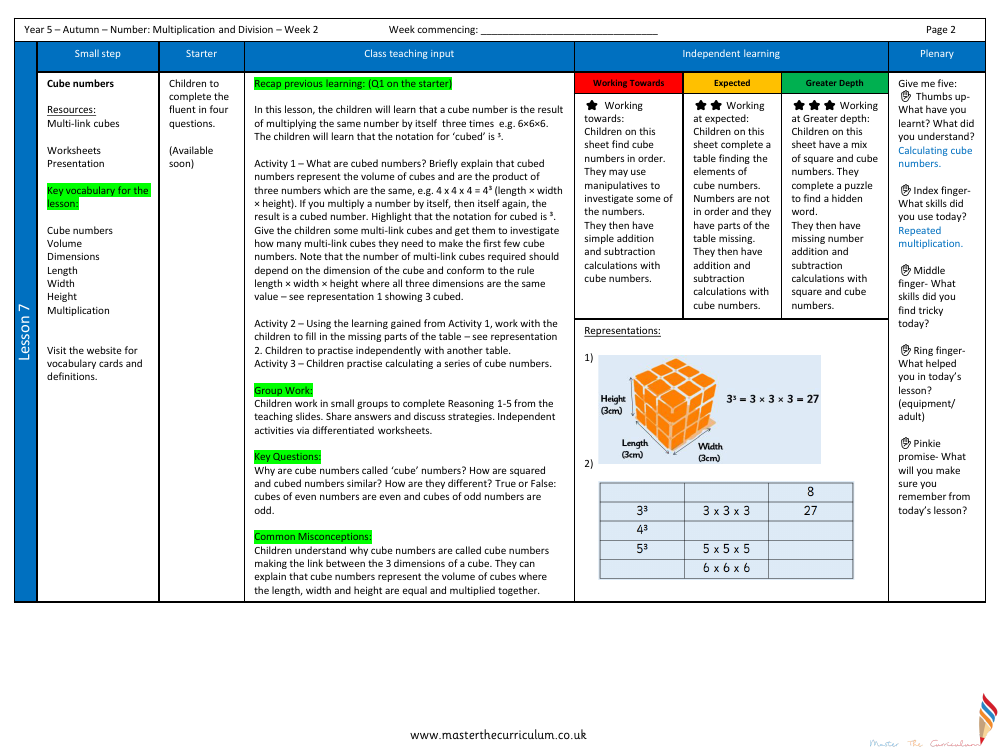
Maths Resource Description
In a Year 5 mathematics lesson, students delve into the concept of cube numbers within the topic of Multiplication and Division. Cube numbers are introduced as the product of multiplying a number by itself twice more, such as 6×6×6. The notation for 'cubed' is recognised by the exponent ³, indicating that a number is multiplied by itself three times. The lesson utilises multi-link cubes to provide a tangible understanding of cube numbers, illustrating that they represent the volume of a cube with equal dimensions of length, width, and height. For example, 4³ equates to 4 x 4 x 4, which can be visualised as a cube made from 64 smaller cubes. Students are encouraged to explore this concept hands-on by building cubes with the multi-link cubes and noting the relationship between the cube's dimensions and the cubed number it represents.
Building on this practical experience, the children are then tasked with completing activities that further their comprehension of cube numbers. They fill in missing values in a table to consolidate their understanding of the multiplication involved in forming cube numbers. Furthermore, they practice calculating a range of cube numbers independently. Group work involves reasoning exercises that prompt discussion and collaborative problem-solving. Throughout the lesson, key questions are posed to encourage critical thinking about the properties of cube numbers and their differences from squared numbers. Children are guided to recognise the link between the geometric shape of a cube and the term 'cube numbers', as well as the pattern that even numbers produce even cubed numbers and odd numbers produce odd cubed numbers. The lesson is differentiated to cater to varying levels of ability, from those working towards expectations to those capable of greater depth, with activities ranging from finding cube numbers in sequence to solving puzzles involving both square and cube numbers.

